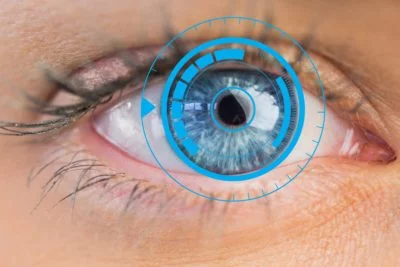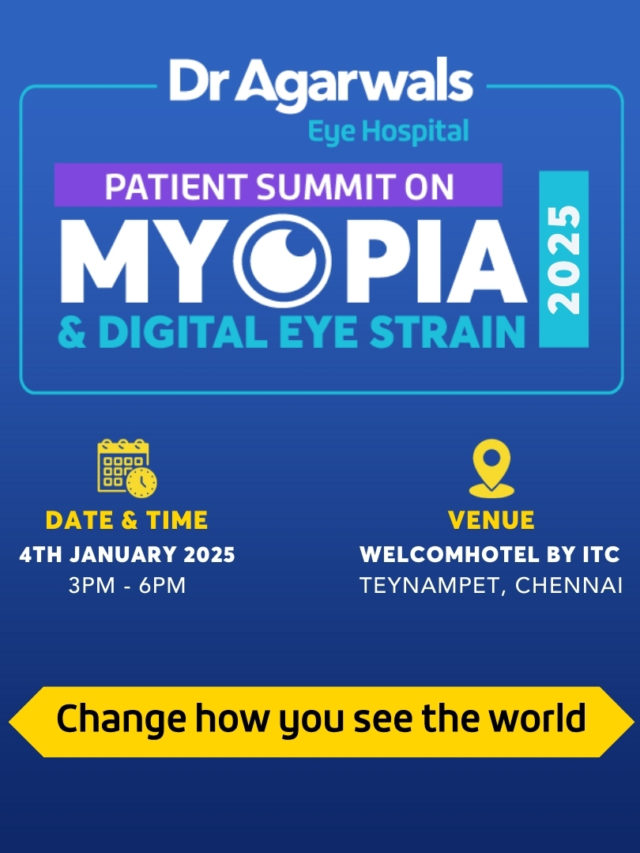Eye discharge is a common condition that nearly everyone experiences at some point. It refers to the fluid or mucus that accumulates in or around the eyes, especially after waking up.
While mild discharge is normal and helps remove debris from the eye’s surface, persistent or unusual discharge can signal infections, allergies, or other eye conditions. Recognising the type and cause of discharge helps determine the right treatment and when to seek medical attention.

What is Eye Discharge?
Eye discharge is a mixture of mucus, oil, tears, and skin cells that collect at the corners of the eyes. It can appear watery, sticky, or crusty depending on the underlying cause.
In healthy eyes, a small amount of discharge is normal and serves to protect the eye from dust and irritants. However, excessive or coloured discharge may indicate irritation, infection, or inflammation that requires professional evaluation.
Types of Eye Discharge
Eye discharge can appear in different forms, and identifying the type helps in understanding its cause:
- Sticky eye discharge: This thick, glue-like discharge often occurs in bacterial conjunctivitis, causing eyelids to stick together, especially in the morning. It may be yellow or green.
- Stringy eye discharge: Usually associated with allergic conjunctivitis or dry eye syndrome, this discharge looks like thin, rope-like mucus. It is often accompanied by itching or irritation.
- Excessive eye discharge: Continuous or heavy discharge may result from viral infections, blocked tear ducts, or inflammation of the eyelid margin (blepharitis). Excess mucus often makes the eyes feel gritty or blurred.
Recognising the texture and colour of the discharge helps identify whether the issue is infectious, allergic, or related to dryness.
What is the Reason for Eye Discharge?
There are several causes of eye discharge, each linked to a specific eye condition:
- Bacterial infections: Conditions like bacterial conjunctivitis cause thick, yellow-green discharge.
- Viral infections: Viral conjunctivitis, often linked with colds, produces watery discharge and redness.
- Allergies: Exposure to dust, pollen, or pet dander can trigger stringy eye discharge with itching and redness.
- Blocked tear ducts: Common in infants and some adults, this leads to persistent watery or sticky discharge.
- Dry eyes: When tear production is low, the eyes may overproduce mucus, leading to irritation and discharge.
- Foreign bodies or irritants: Smoke, pollution, or contact lens misuse can irritate the eye surface, resulting in discharge.
Each cause requires a tailored treatment, which may involve medications, hygiene practices, or addressing environmental triggers.
Treatment for Eye Discharge
Treatment depends on the underlying cause and severity. The most common options include:
- Antibiotic eye drops for eye discharge: Used to treat bacterial infections causing thick, coloured discharge.
- Antiviral or antihistamine drops: Recommended for viral or allergic causes, respectively.
- Lubricating drops: Help relieve excessive eye discharge from dry eyes by keeping the surface moist.
- Warm compresses: Applied gently to ease sticky discharge and clean crusted eyelids.
Patients should avoid touching or rubbing their eyes, as this can worsen the infection or spread it to others. If symptoms persist beyond a few days, a consultation with an ophthalmologist is necessary to identify the exact cause.
Home Remedies for Eye Discharge
Mild cases of eye discharge can be managed at home, especially if caused by irritation or dryness. However, hygiene and caution are essential.
- Warm compress: Applying a clean, warm cloth to closed eyes helps loosen dried mucus and soothe irritation.
- Cool compress: Useful for allergy-related discharge as it helps reduce redness and swelling.
- Saline rinse: Gently washing eyes with sterile saline helps clear debris and soothe irritation.
- Cleaning eyelids: Use a soft, damp cotton pad to carefully remove crusts or residue.
If symptoms worsen, discharge becomes coloured or thick, or vision changes occur, medical treatment should be sought immediately.
When to See an Eye Doctor For Eye Discharge?
While minor discharge may resolve on its own, certain symptoms indicate the need for professional care. You should visit an eye doctor if:
- The discharge is excessive, thick, or yellow-green.
- There is pain, swelling, or redness around the eye.
- You experience blurred vision or light sensitivity.
- Discharge continues for more than a few days despite home care.
Prompt treatment can prevent complications such as corneal infections or vision impairment, particularly if the cause is bacterial or viral.









